How to Reintroduce Meat After Being Vegan or Vegetarian
If vegetarianism or veganism doesn’t work for you, then you’ll want to read this post with eight tips for reintroducing meat after being on a vegan or vegetarian diet. Get tips for which animal proteins to add first, how to support your digestion, and tips on adapting your mindset to eating meat again.
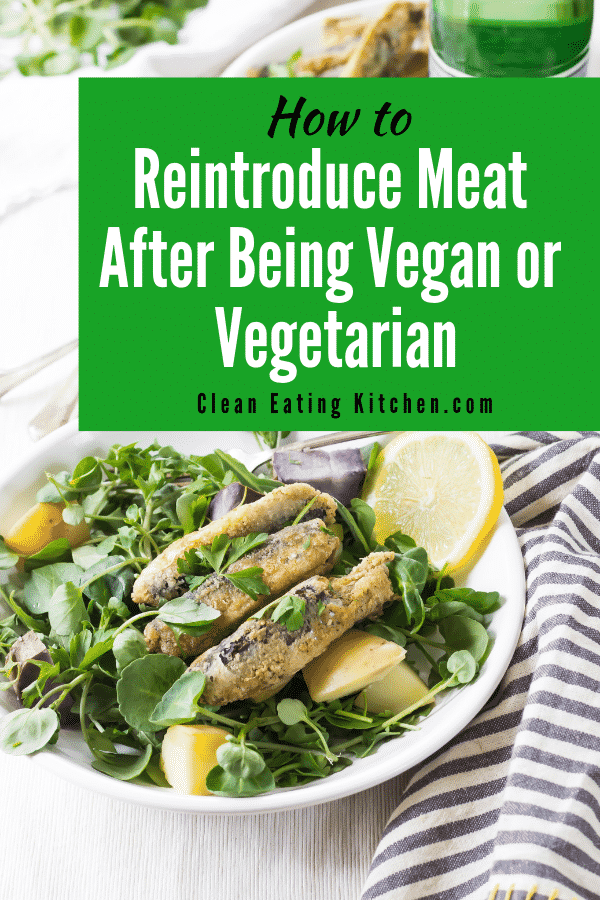
Eating Meat Again
Eating meat again after being vegan or vegetarian is a controversial topic. People who have made the commitment to being vegan or vegetarian because of ethical reasons don’t like to hear about people who aren’t thriving on such a strict diet.
After following a 100% strict vegan diet for 3 1/2 years, I realized in 2014 that I needed to expand my dietary choices and figure out which foods really would nourish my individual needs. I wrote this post on why I am no longer vegan.
The truth is, being vegetarian or vegan isn’t right for everyone, and can lead to nutritional deficiencies and even disordered eating patterns.
I wrote a comprehensive article with the top vegan diet dangers that you might be interested in reading. One of the vegan health risks can lead to irreversible health damage.
Read on to the end of this article for more information on my experience going from vegan to eating meat again.
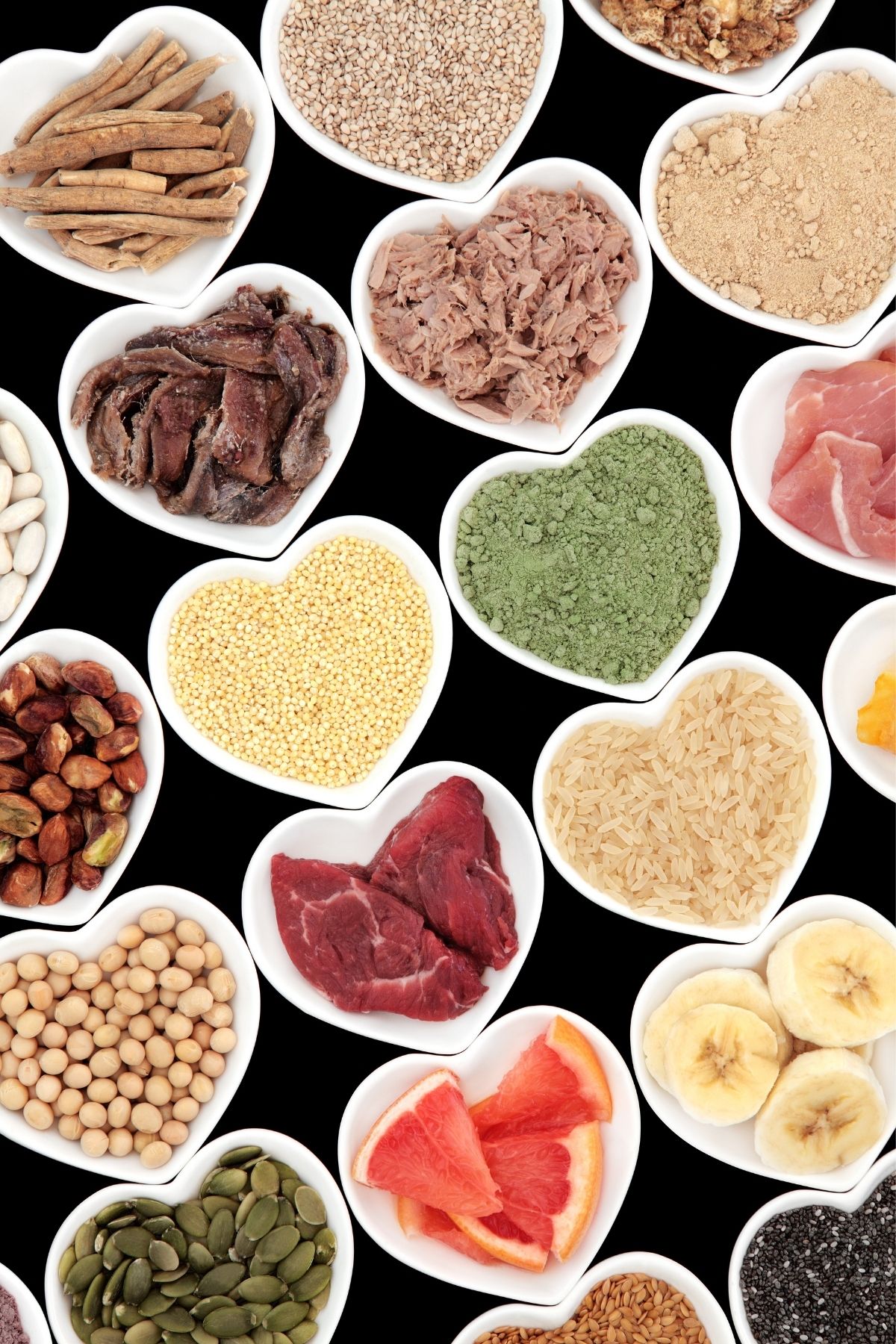
Most People Eat Meat Again
One study showed that 84% of vegetarians return to eating meat again.
There are obviously vegan diet risks and benefits. Once you realize that you aren’t thriving on a vegetarian or vegan diet, you’re then faced with the choice of discarding everything you’ve come to believe, making that mental shift, and adding meat back into your diet.
I get how difficult of a decision this is to move away from a vegan diet. The vast majority of my audience and friends were incredibly supportive when I made my announcement about not being vegan anymore, but there were a few people who were unkind and cruel showed a disturbing lack of compassion and humanity.
So, in order to offer support to those who are going through this tough transition, I’ve come up with eight tips for how to reintroduce meat back into your diet after being vegan or vegetarian.
And, just to be clear, I’m not trying to convince anyone to eat meat or to stop being vegan or vegetarian.
This post is for the many, many people who have reached out to me asking for help because they’ve realized they need to try adding meat back into their diets. Along with these tips, I offer kindness, compassion, and empathy for a very tough decision.
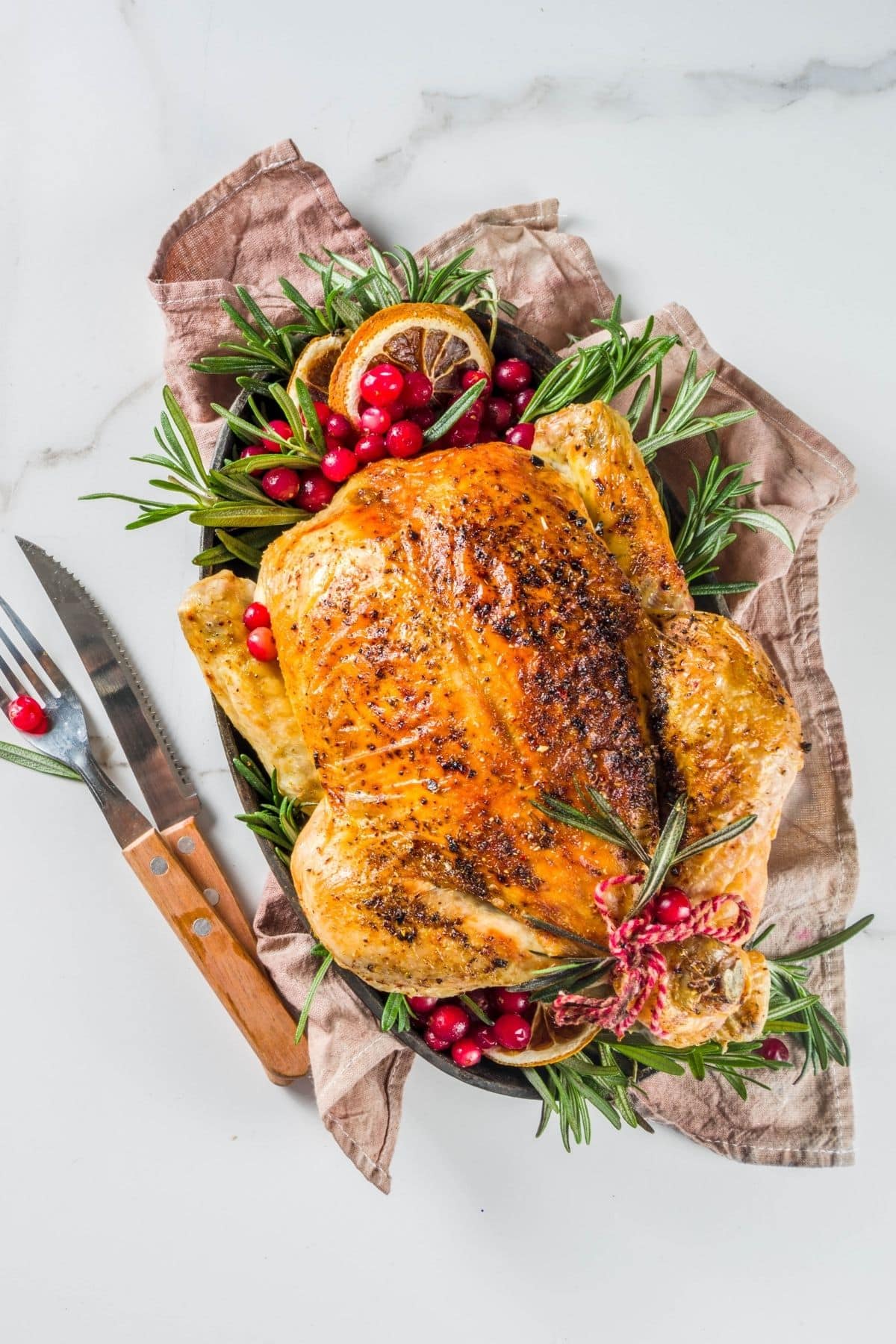
8 Tips to Reintroduce Meat
1. Re-introduce animal foods slowly, and one at a time
A person transitioning from a vegetarian or vegan diet back to an omnivorous diet might want to introduce fish first, then poultry, and then red meat.
If you have been vegan and are adding animal products back in, eggs might even be a better first choice before fish. It’s a very individual decision and there’s no one right way to start. Even listening to your cravings might be the best rule of thumb.
I understand that some people may choose to stay away from red meat for good, but for others, red meat provides the nutrients that they’ve been lacking on a vegetarian or vegan diet. By all means, don’t fall for the pack of lies that fake meat is comparable to real meat. Fake meat is, in fact, a highly processed, unhealthy food.
Read my article on the potential dangers of plant-based meat.
Red meat from grass-fed, organic sources is an incredible source of healthy vitamins like B12, minerals such as zinc and iron, beneficial antioxidants like glutathione, and essential fatty acids such as conjugated linoleic acid (CLA).
In fact, adding meat back into your diet may help reverse one of the biggest dangers of vegan diet which is B12 deficiency.
And, of course, meat is a very bioavailable source of protein, with all sources of animal protein providing complete sources of protein.
Start your reintroduction of meat slowly, and with one protein at a time. This means trying 1-2 ounces of cooked animal proteins a day. Or, if you are really having a hard time, try eating 1-2 bites of lean protein per meal.
This approach can help reacclimatize your body to digesting protein again and it can also help alert you to any allergies or intolerances to foods as eggs and shellfish are among the top food allergens.
Over a period of days or weeks, you can start to eat more variety of animal proteins and in greater quantity with each meal. Be sure to listen to your body and maybe even keep a symptom journal to note your changes in energy or other symptoms that resolve or occur after you eat.
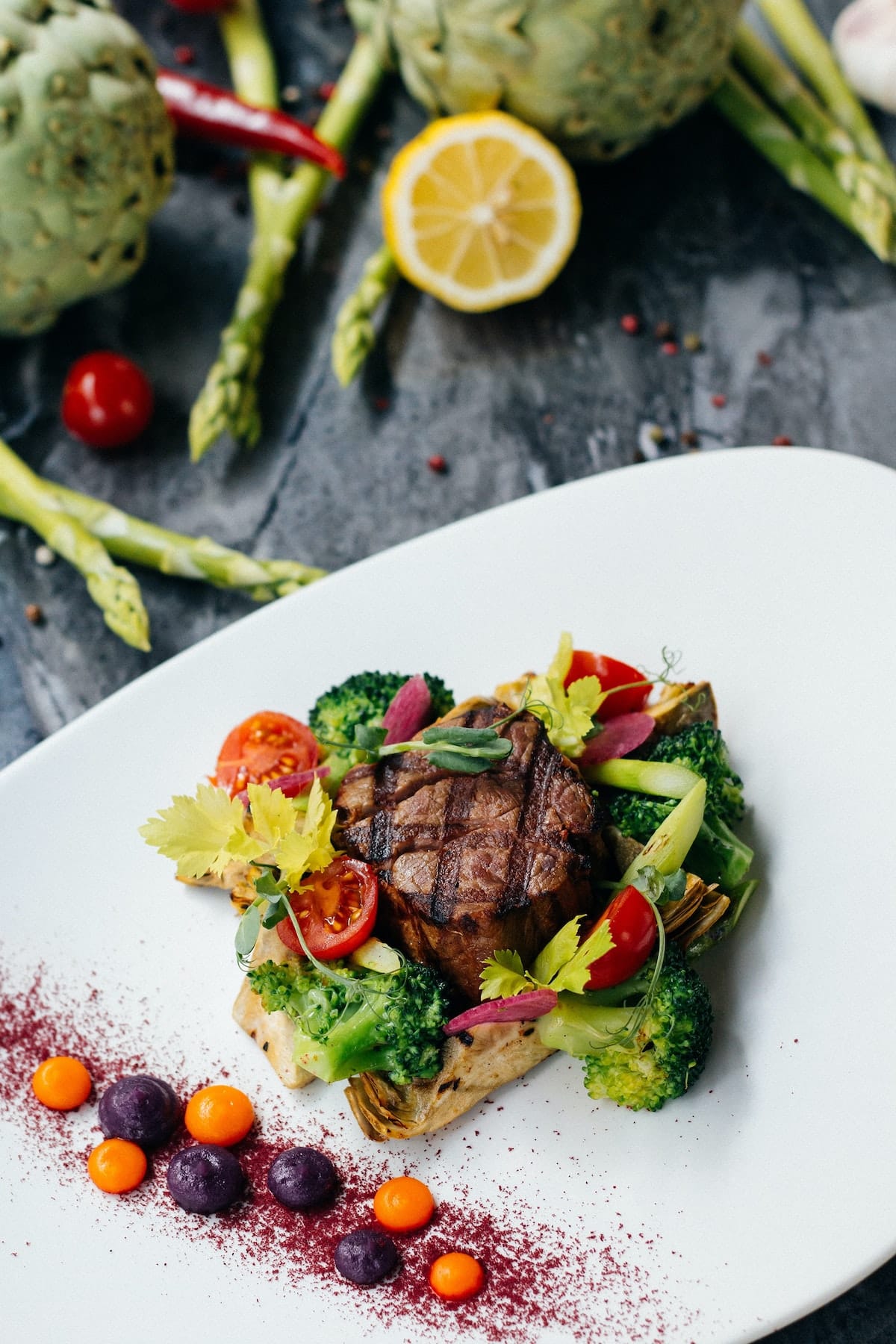
2. Support your digestion by taking enzymes
If you’ve ever experienced or heard about the “heavy” feeling that can come with eating meat after being vegan or vegetarian, then you might benefit from taking some digestive enzymes or betaine HCL with your meal.
Eating meat after being vegetarian can take some time for your body to adjust.
The most likely reason for that heavy feeling you get after eating red meat is compromised digestion. Or, maybe you ate too much of it at one time.
Those meat-digesting enzymes were taking a break when you were vegetarian or vegan, and your body might need some help.
Low stomach acid is not uncommon. Your functional medicine practitioner can run tests to determine if you would benefit from taking enzymes (find a functional medicine doctor near you).
If you suspect that red meat is affecting your gallbladder, you may need to supplement with bile salts. It helps if you use a slow cooker to prepare your meat.
You might like this recipe for Slow Cooker Tri Tip with Root Vegetables, for example. Slow cooking your meat will help break down the proteins more making it easier to digest (see all my tips for how to eat clean without starving yourself).
Or, for another red meat option, you could opt for bison instead, which has less fat and may be easier for your digestive system to process. See my article on the health benefits of bison or my recipe for a Ground Bison Bowl.
If you have continue to have stomach heaviness or other digestive issues after eating meat again, you may need to take it slower. Reduce your portion size or try a different protein.
You may also need to consider adding more probiotic sources to your diet to help your system. See my list of the best foods with natural probiotics and also check out my article with the best gut healing foods.
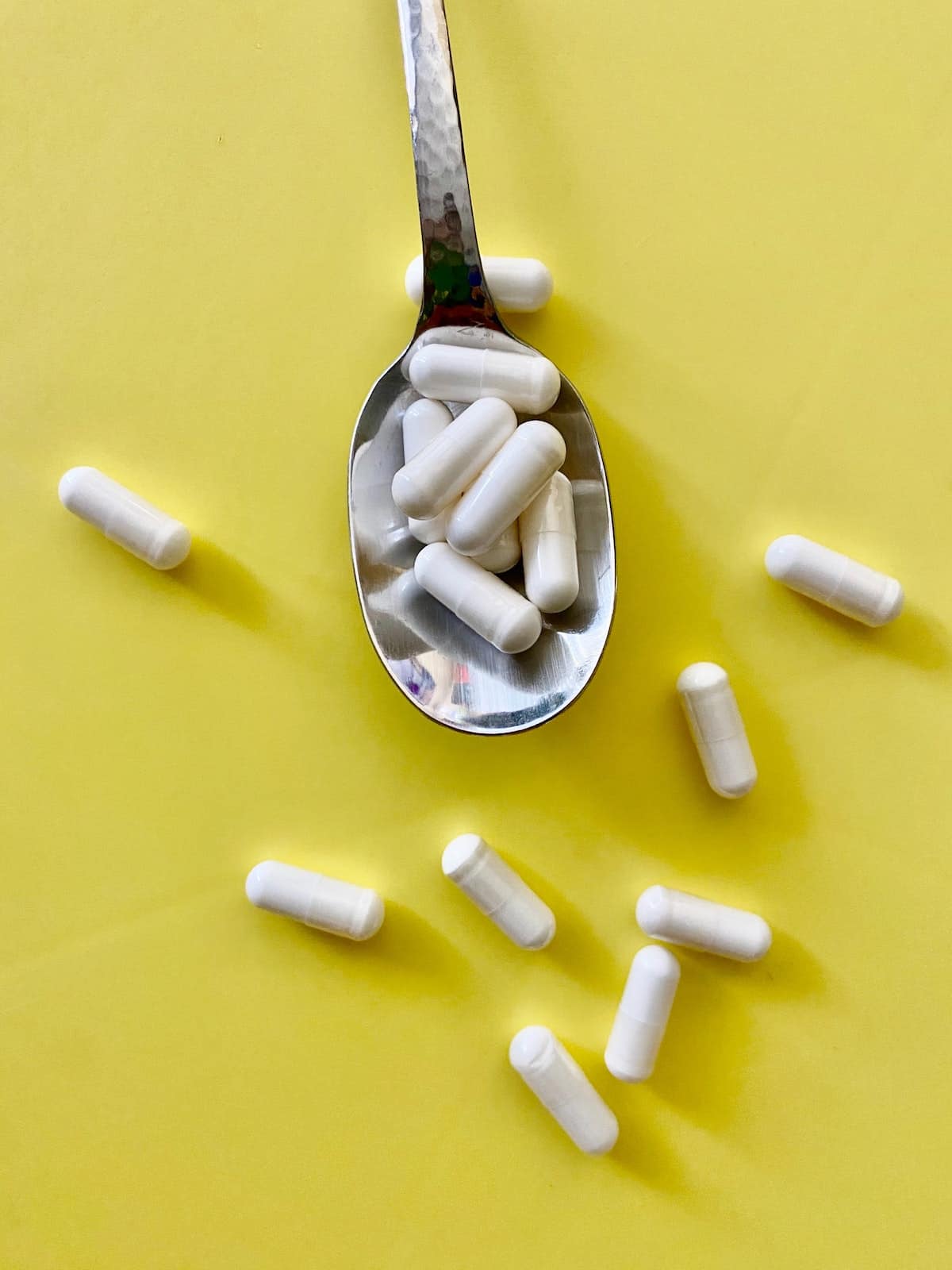
3. Choose higher-fat cuts of meat for more flavor
Let’s be honest, the most flavorful cuts of red meat contain more fat.
If you find yourself grimacing at the taste of red meat, it may mean that you’re choosing too lean of a cut. An example is switching from consuming 99% lean ground beef to one that has an 80/20 ratio. The fat in meat adds flavor and helps make the meat tender and appealing to consume.
There’s no need to fear the fat if you’re consuming organic, grass-fed and grass-finished beef. In conventionally raised beef products, toxins generally get stored in fat tissue.
But in organic, grass-fed and grass-finished beef products, consuming some of the fat is actually quite beneficial. You’ll get an added dose of conjugated linoleic acid, plus the fat will help you absorb all those essential vitamins and minerals that are so plentiful in red meat.
See my guide on how to find grass-fed meat near you.
4. Consider the source of your meats
Conventional feedlot beef is not a good choice for a myriad of reasons. Both vegan and paleo communities agree that factory farming is unethical, unnatural, and horrible for animals and the planet. There are quite a few companies that source their meat from organic, grass-fed and grass-finished farms.
Outside of buying from local farms, you can now order online and have frozen grass-fed meats shipped directly to your door.
You may need to purchase an extra freezer for your garage to help store all the extra meat, but you’ll certainly save money and have control over the quality of your animal proteins by buying from trusted sources.
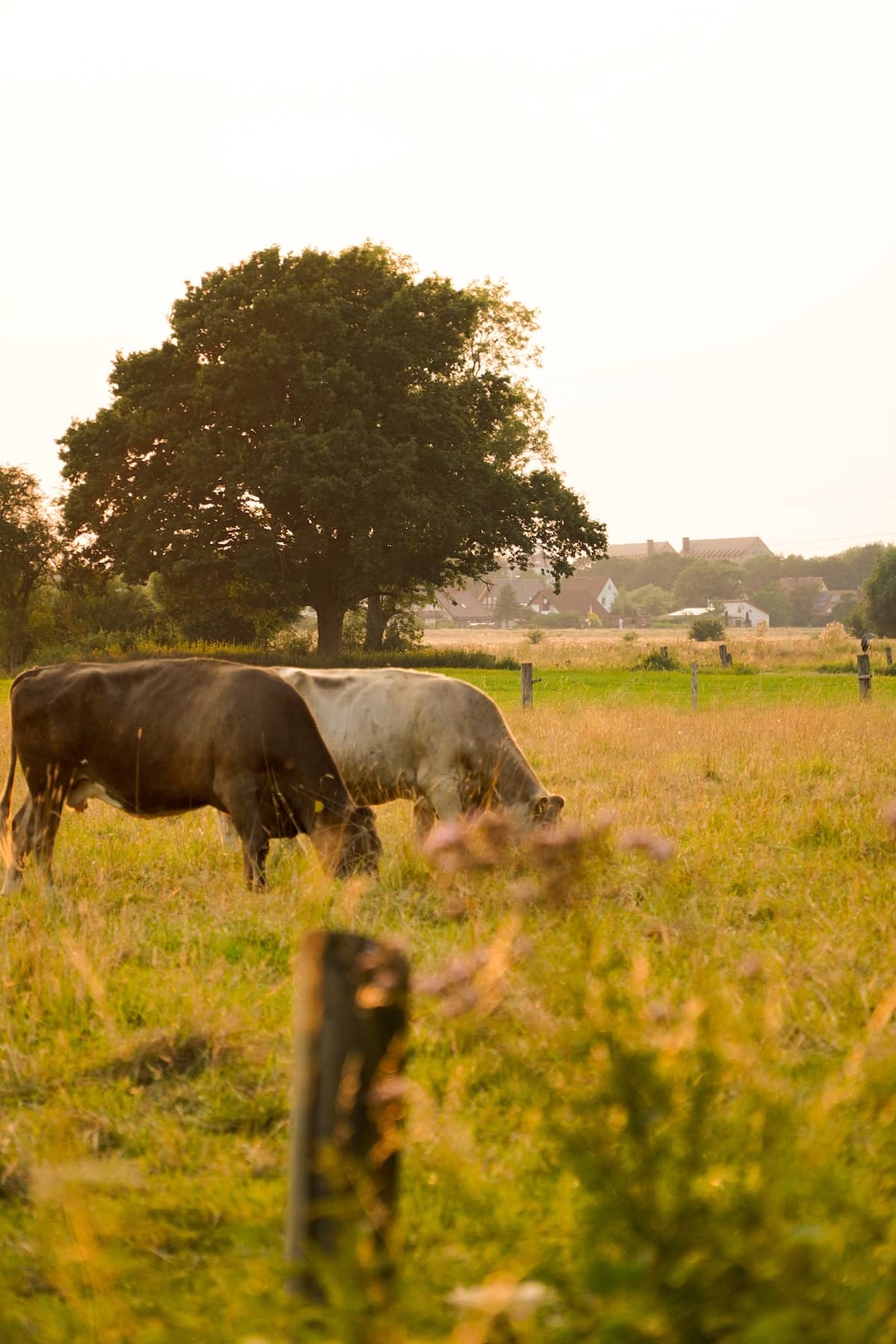
5. Lose the fear of eating meat
Sarah Ballantyne from The Paleo Mom wrote an informative blog post debunking the “unhealthy” myth that surrounds red meat consumption. She cites studies that have shown that red meat may cause cancer.
And while it’s possible that red meat does contribute to the formation of cancer, eating red meat with plenty of vegetables mitigates your cancer risk.
There’s really no need to worry about red meat being unhealthy if you’re eating clean most of the time and consuming plenty of vegetables.
The idea that eating meat always causes disease is one of the ways proponents of a vegan diet use fear to grow the movement. Choosing cleaner, less processed sources of meat and not charring it helps mitigate your cancer risk as well.
Additionally, in 2019, a study published in the Annals of Internal Medicine “found low- to very low-certainty evidence that diets lower in unprocessed red meat may have little or no effect on the risk for major cardiometabolic outcomes and cancer mortality and incidence.”
So, this is further evidence that meat is not bad for humans.
6. Get help with disordered eating patterns
Even with the understanding that red meat is part of a healthy, balanced diet, people with a history of eating disorders or disease may struggle with the idea of eating red meat again.
As stated above, red meat is not an unhealthy addition to one’s diet when done right.
However, obsessing about restricting certain foods, such as red meat, could be unhealthy and may trigger some people to go back to their disordered ways of eating.
This interesting study encourages the use of “real food” meal plans over restricted diet meal plans for people recovering from eating disorders.
Getting help with this transition to eating meat again could include anything from working with a specialist to simply learning from informed people who have a balanced perspective. This article also provides a great balanced perspective on how the vegan talking points aren’t actually correct.
Here are some other tips for what to do if you have orthorexia.

7. Choose a variety of red meats and animal proteins
The truth is, humans evolved eating a much more varied diet than most of us eat now. The variety is what provides us with the macro- and micro-nutrients our bodies need.
I am guilty of eating the same foods over and over again, but I’m trying to get into the habit of ordering different types and cuts of red meat and other animal proteins when I order online.
It’s also a good idea to try different cooking styles when you’re getting back into the habit of eating meat again. In fact, I remember feeling very overwhelmed by how to cook meat without drying it out when I was adding it back into my diet.
Be sure to check out my articles on the safest cookware material for your kitchen, plus the safest cooking oils and a picky eater list.
You can also try using animal-based protein powders to help add more protein to your diet. I have a list of the best best non-whey protein powder that might be helpful.
And, as a last resort, you can even try something like cricket protein to help get more high quality protein into your diet.

8. Get social support and join new communities
Leaving veganism or vegetarianism is a huge life change; many people say that veganism is less of a diet and more of a lifestyle. For me, the experience of moving away from a vegan diet and vegan lifestyle meant re-building my identify and finding new communities to join.
The paleo and primal communities are filled with ex-vegans, including Mark Sisson and Chris Kresser who have each created empires around conscious food choices.
A simple search on Facebook for “recovering vegans” will result in groups of people who have gone through this experience and have experienced vegan health risks.
Life transitions as big as this are always made easier with the support of others.
My Experience
I was 100% plant-based from around 2011 to 2014. But, I stopped being vegan and realized I had to make a change to support my failing health.
I experienced several of the problems with a vegan diet including fatigue, nutritional deficiencies, and an increase in symptoms from my autoimmune disease.
Once I made the decision to stop being vegan, I immediately started craving eggs and steak. I started with eggs and moved quickly to red meat. I did not have any negative physical effects from eating animal products again, but I did start taking a betaine HCL supplement with meals to help with digesting protein.
I did struggle with the ethics of eating animals but I made the decision to try as hard as I could to eat only sustainably-raised livestock and animals. I also worked with a professional eating disorders therapist who helped me work through the difficult decision to eat animal foods.
I did a lot of reading and questioning around the ethics of eating meat and came to the conclusion that our bodies evolved to function with the nutrients from animal products, so it was counterproductive to try and argue against what my body needed to work correctly.
It as a very tough decision but I am happy that I ultimately listened to my body and did what was best for my health.
FAQs
No, vegans do not eat meat or any product that comes from an animal. Many vegans also avoid wearing clothes or using any other products that come from an animal, such as leather.
Vegetarians or vegans won’t get sick when they eat meat, but they might feel sluggish or have a stomachache if they eat too much too quickly.
Start slowly and with small amounts. Some people might find it easier to eat fish or ground meat to start.
Vegetarians or vegans might not be making as much digestive enzymes, so it’s not a bad idea to take digestive enzymes when you reintroduce meat.
Vegetarians technically do not eat fish, but I would encourage you to be less concerned about rules, and more concerned about supplying your body with the nutrients it needs. So, if you want to eat fish, then eat fish!
This is a tough issue and may require some professional counseling from a dietitian or eating disorders specialist. There is really no reason to feel guilt for nourishing your body the way it evolved to be fed. However, societal pressures can lead to feelings of guilt. Outside of consulting with a professional, you might try offering thanks to the animals for nourishing you before you eat a meal. It can also be helpful to connect with other people who did not thrive on a vegan or vegetarian diet and who have gone through what you are going through.
If you are not feeling well on a strict vegan diet, then you may want to consider consulting a profession who can do lab work or evaluate whether or not you need to change your diet. A solely plant-based diet is considered a very restrictive diet and can lead to health problems from a vegan diet.
It may be helpful to consult a dietitian or eating disorders specialist who can help you change your attitudes about eating meat.
You may also want to try meat dishes that are made in a slow-cooker with lots of vegetables to help mask the flavor of meat as you are getting used to eating it again.
Healthy Recipes to Consider When Re-Introducing Meat
Conclusions
I hope you find this post helpful! Have you had experience reintroducing red meat back into your diet after deciding to transition away from being a vegetarian or vegan? Let me know other suggestions in the comments below.
Don’t forget to join my newsletter list to get exclusive clean eating recipes and tips. The newsletter is 100% free with no spam; unsubscribe anytime.
About the Author: Carrie Forrest has a master’s degree in public health with a specialty in nutrition and is a certified holistic nutritionist. She is a top wellness and food blogger with over 5 million annual visitors to her site. Carrie has an incredible story of recovery from chronic illness and is passionate about helping other women transform their health. Send her a message through her contact form.
Note: this post is for informational purposes only and is not intended as medical advice. Please consult your healthcare provider for recommendations related to your individual situation.


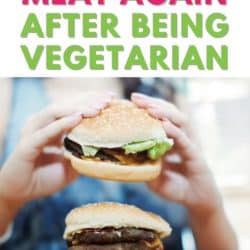

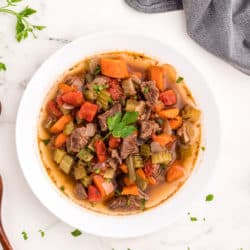
















I appreciate how you treat this topic with care. It’s not an easy decision and I can understand many different perspectives, but as a society, we could use more empathy and understanding. Thank you.
Hi Carrie. It’s Shannon R. again. I went back to your site to read more. There is so much good information there. I had only focused on the reintroduction to meat section. There is so much more. I want to learn about nutrition and healthy eating. I found the Women’s Health and Clean Eating sections to be so helpful. I’m going to check out my cooking oils and utensils. The recipe index has some very enticing choices. I decided to first try the turkey meatloaf muffins. I want to have them for lunch tomorrow. I’m off to the market tonight to get all of the ingredients. I will be sure to leave a comment and a starred rating for you.
Awwwww thanks Shannon! I’m so glad you found my site and found it helpful!
I was Vegan for 1 year & 6 months & then transitioned to a pescatarian diet for 5 years,to this day I been having terrible gut issues to the point where im constantly bloated & constipated. I’ve been to the doctores & they say everything is fine but im clearly not ok, my stomach grows so big to the point I look pregnant & it hurts, & no i can’t suck it in either it gets hard like a balloon . Today was my first day of breaking this diet, I know It’s for the better & my health comes first so that’s the only reason why I did it, it was so difficult for me I truly didn’t want to eat the chicken at first but hopefully it gets easier per day that goes by, thank you for this article !
Sending you lots of hope during this transition! XO.
I’m so happy that I found your site. I have been a vegetarian since I was a very little girl. My artist and very free spirited mom raised me and my sister as both vegetarians and naturists (nudists). I’m 21 years old now and while I’m not tired of naturism, I am so very tired of my vegetarian diet. I realized this when at a party, a friend gave me a slice of pepperoni pizza . I decided to give it a try . To my surprise I really liked it and ate several more slices. I would really like to transition to more of a carnivore diet, especially to red meat. I don’t want to eat only processed meat. But, I’m having a hard time finding other types of meat that appeal to me . Other than the pizza and salami on crackers, I have not eaten any other meat. I did go to a deli and bought some slices of peppered turkey. I thought something sliced and spicy would help me get over the mental block that I have about large cuts of meat. After I eat that, I will try going to beef. I do like your suggestion of a stew that blends the chunks of beef with vegetables. First I’m going to try a ground beef and potatoes recipe that a friend gave me. That was a good tip about not using lean beef. I will make sure I get the 80/20 fat ratio. I really do have a lot to learn. I did not know that it is the fat that makes it more tender and gives it more taste. Not only that, I wasn’t sure about eating pork. Silly me, that is In the pepperoni and salami ! Oh well. I really like it and every now and then eat will some more. I would really like to work my way up to a hamburger or even a cheese burger. I am really determined about changing my mindset and my diet. Carrie, I really do appreciate your experience, insights, and the comments of others. Knowing that others have some of the same issues and experiences helps a lot. A big change in diet is not easy to make. It’s going to take some time. And I don’t know how mom and sis will feel about this when I tell them. I will have to remind them we still have our naturism. I think that and this change will make for a better, happier , and healthier life for me.
I’ve been a vegan for over 6 years, and 2 months ago I started developing neurological problems, specifically pain, tingling and numbness in my legs and fingertips and severely reduced stamina, to the point where walking to a store around the corner would leave me so out of breath that I started hyperventilating. Yesterday my doctor confirmed that it was due to B12 deficiency and strongly recommended that I eat meat again, saying that the pain could become permanent and eating meat would reduce the chance further than when only taking supplements. I don’t want to stop being a vegan and never once in my life thought I would be faced with this decision, so I’m really glad I found your article and all the comments. Realizing I’m not alone in facing this problem brings me a lot of comfort. Thank you.
I was a vegetarian for about 2 years, got really sick and lost a lot of weight, so I turned to pescatarian for another almost 3 years. I’m severely anemic, so I had to switch back. Prior to that, I ate meat for most of my life, but I wanted to try something different, and I didn’t like factory farming. I just started eating meat again about a week ago and it’s really tough on my body and stomach. I just have to get used to it again, and the only meat that doesn’t bother me is venison, so I’m starting off with that. I’ll even consider adding yogurt to the mix too which will hopefully help my gut. Thanks for the great article!
Thank you for this article, very compassionate. I see I have more research to do , after 20 years of being a vegetarian, but this article was the first I came across and has helped ease my nerves.